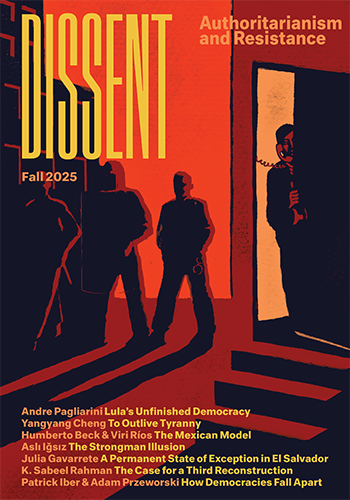
An American Landscape
In 1943, Ansel Adams traveled to the base of the Sierra Nevada to photograph Manzanar—one of the ten internment camps that together detained 120,000 Japanese Americans during the Second World War.


In 1943, Ansel Adams traveled to the base of the Sierra Nevada to photograph Manzanar—one of the ten internment camps that together detained 120,000 Japanese Americans during the Second World War.

The 1960s effort to end discriminatory quotas sowed the seeds of the political conflicts over immigration that are still with us today.

As the 2022 campaign nears, many of the myths that made Bolsonaro appealing have been washed away by the grim realization of what he has always been: a huckster, most notable for his abrasiveness and authoritarian posturing.

In the 1960s, young radicals saw the university as an ideal site for agitating and organizing. What changed?

A new collection of Stuart Hall’s writing offers a guide to the limits of representation in building anti-racist politics.

Amid the bleak political landscape of Clinton’s America, a 1996 summit of union organizers and intellectuals proved a surprise success. It also showed the weakness of left ideas without a strong labor movement.

Class and race have shaped the realities of online learning in deep, sometimes unexpected ways.

Now that the pandemic has shifted from an immediate to a chronic crisis, organizers have a chance to rethink the political implications of their efforts.

The results of the 2020 Democratic primaries suggest the limits of a left strategy for power starting at, rather than building toward, the presidency.

The Netanyahus captures a time before American and Israeli Jews underwent a great fissure.

A discussion on the rise of the “UniverCity.”

The Movement for Black Lives has developed an incipient internationalist language and vision, with the potential to remap America’s place in the world.

Academia once seemed to provide an escape from capitalism. Two new novels question the very concept of refuge itself.

A roundtable on how COVID-19 has changed American universities.

Student experiments in DIY justice point to the shortcomings of the current Title IX system in confronting sexual harm on campuses.